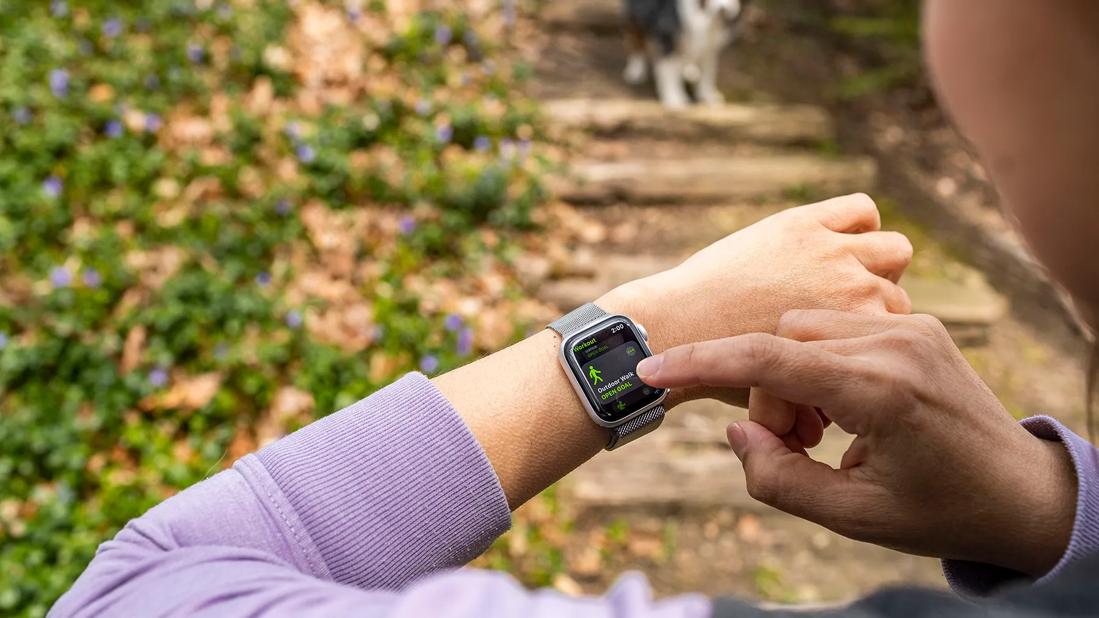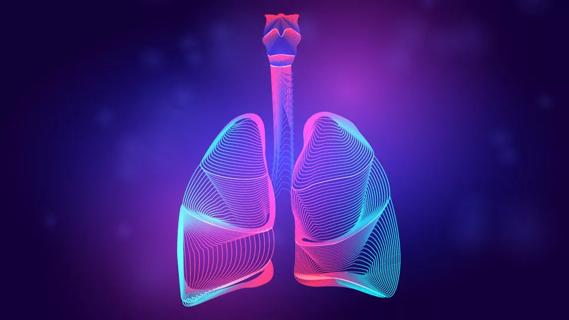Study assesses accelerometric data as a measure for patients with PAH

Wearable, step-counting technologies may provide a new way for physicians to remotely monitor disease severity in patients with pulmonary arterial hypertension (PAH), according to study findings published in Lung.
Advertisement
Cleveland Clinic is a non-profit academic medical center. Advertising on our site helps support our mission. We do not endorse non-Cleveland Clinic products or services. Policy
While physical activity levels are considered surrogate markers for disease severity in PAH, they aren’t well-described in the context of remote patient monitoring. Data from a pilot study examined participants’ six-minute walk distance (6MWD), a measure shown to correlate with survival, functional class, hemodynamics, echocardiographic parameters, biomarkers and health-related quality of life (HRQOL).
Pulmonary hypertension is a condition that affects the blood vessels in the lungs, causing them to become occluded, which can lead to right-side heart failure. It’s a progressive disease, making it critical for clinicians to intervene early to improve outcomes and decrease the risk of mortality.
Kristin Highland, MD, Director of the Rheumatic Lung Disease Program and senior author of the study, notes that the backdrop of this investigation is a need for a greater emphasis on multi-dimensional risk assessments in patients with PAH. “We need to have a better understanding of when it’s appropriate to escalate therapy, especially now that there are growing therapeutic options for PAH,” she says.
“Typically, we see these patients every three months or so. They come in for a history and physical examination, blood work, echocardiogram, and six-minute walk. Using these data, we perform a risk assessment,” she says. “We started to wonder how we could develop a surrogate for exercise capacity to potentially assess how a patient is doing in between clinic visits.”
With that in mind, Dr. Highland designed the study to examine how accelerometery, a technique for quantifying movement, might support remote monitoring for patients with PAH. Specifically, she aimed to measure correlation of change in steps per day with changes in the 6MWD and correlation of changes in measures of physical activity with changes in the conventional PAH parameters.
Advertisement
“It’s important to note,” Dr. Highland says, “accelerometric devices quantify movement, but they do not measure the capacity for activity, as the 6MWT does. So our goal was really to assess the potential correlation between increased activity and the 6MWT to see if there is a basis for using this technology to monitor PAH patients.”
Using the Fitbit Charge HR™ to measure physical activity, the study enrolled 30 patients with PAH. Patients were expected to participate in two study visits, wearing the device in between both to collect data. A baseline assessment was developed at the first visit which included World Health Organization functional class stratification, 6MWT, blood work and an echocardiogram if clinically indicated. They also completed a questionnaire to measure their HRQOL and were set up with a wrist-worn Fitbit.
Of this cohort, 20 patients had accelerometric data for more than 75% of the study duration. The data from this subgroup were analyzed. The PAH baseline measures that were recorded during the patient’s initial screening visit were correlated with physical activity during the first two weeks of the study.
Notably, the study authors found a significant correlation between the mean steps per day and 6MWD (r 0.55; p 0.04). Further, that activity correlated with traditional PAH endpoints similar to those of the 6MWD.
Though there are some limiting factors to the study, including its sample size, Dr. Highland notes that it provides a basis for future study designs using a longitudinal monitoring tool — potentially even as a secondary endpoint in clinical trials with patients randomized to different treatments.
Advertisement
More validation studies are needed to expand this study design into larger patient populations and to better understand the implications of changes in activity as it relates to thresholds that may potentially serve as triggers for more aggressive intervention.
“There is promising early data and growing interest in the field to support the use of remote monitoring for this patient population,” says Dr. Highland. “I anticipate that this will continue to be a point of interest for pulmonologists and cardiologists who care for patients with pulmonary hypertension. This is becoming even more relevant with our increased reliance on telemedicine during the COVID-19 pandemic.”
Advertisement
Advertisement

Advanced COPD care benefits from diverse medical expertise and perspectives

Pearls to reduce the strain of RSV, COVID-19 and influenza infections

Largest study examines factors affecting asthma exacerbations during and after pregnancy

Initial findings demonstrate improved symptoms and reduced steroid dependence

Findings show profound muscle loss variance between men and women

VOC analysis could provide biological insight into risk factors associated with CDI

A review of conservative, pressure-based and surgical treatments for OSA

Volatile organic compounds have potential in heart failure diagnostics